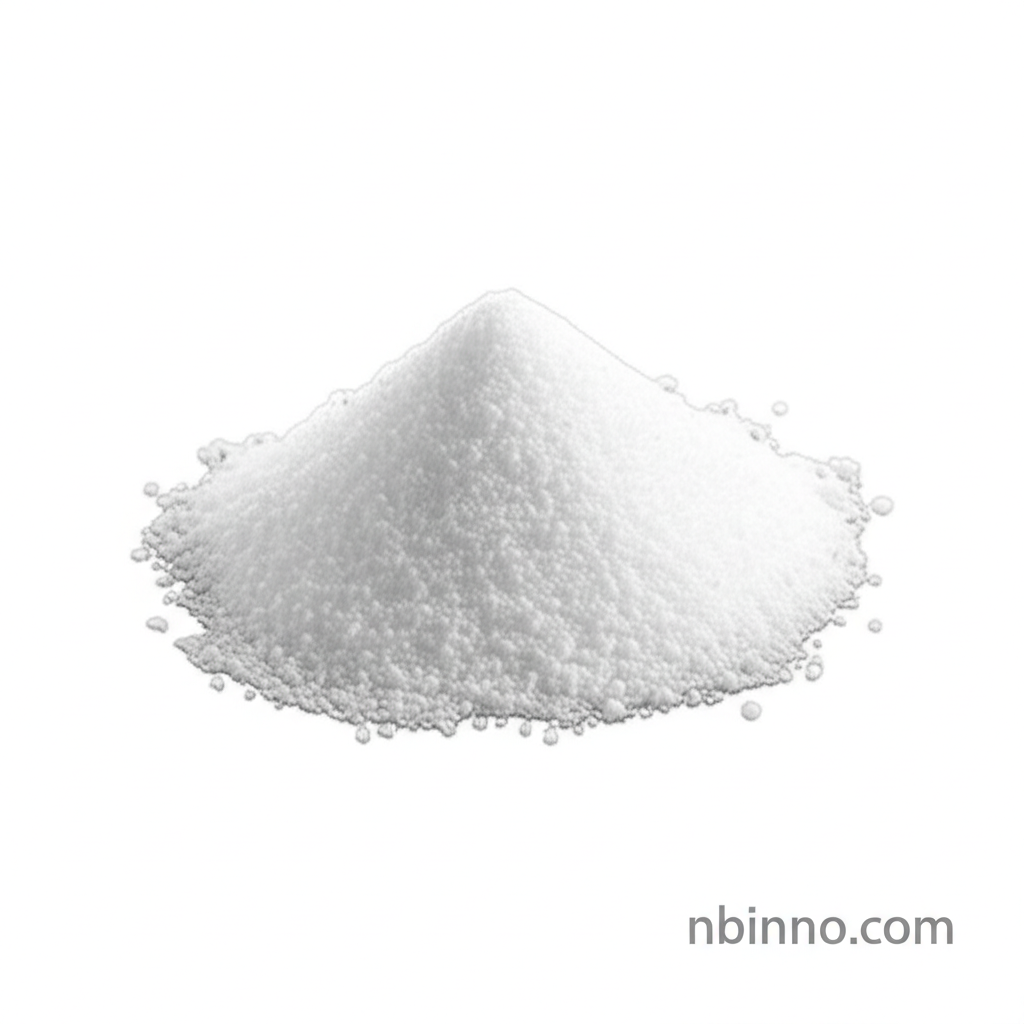7-Methoxy-6-(3-morpholin-4-ylpropoxy)quinazolin-4(3H)-one: A Vital Pharmaceutical Intermediate
Discover the critical role of this advanced chemical in developing life-saving cancer therapies.
Get a Quote & SampleProduct Core Value

7-Methoxy-6-(3-morpholin-4-ylpropoxy)quinazolin-4(3H)-one
As a key intermediate in the synthesis of Gefitinib, this compound plays a crucial role in the production of advanced anti-cancer medications. Its precise molecular structure, C16H21N3O4, and molecular weight of approximately 319.36 g/mol, make it an indispensable building block in complex organic synthesis pathways within the pharmaceutical industry.
- Understanding the CAS 199327-61-2 Gefitinib synthesis is paramount for researchers and manufacturers aiming for high-purity active pharmaceutical ingredients.
- The compound's utility as a pharmaceutical intermediate C16H21N3O4 highlights its significance in the drug development lifecycle.
- For those looking to buy 7-Methoxy-6-(3-morpholin-4-ylpropoxy)quinazolin-4(3H)-one, sourcing from reliable suppliers ensures consistent quality for critical applications.
- The availability of high-quality Gefitinib impurity suppliers is essential for quality control and regulatory compliance in pharmaceutical manufacturing.
Key Advantages
Purity and Consistency
Ensuring high purity is vital for the efficacy and safety of the final pharmaceutical product, making this compound a preferred choice for rigorous pharmaceutical synthesis intermediates.
Essential for Targeted Therapies
Its role in the Gefitinib production chain underscores its importance in the development of targeted cancer therapies that improve patient outcomes.
Facilitates Complex Synthesis
As a specialized Quinazolinone derivative, it simplifies complex organic synthesis, supporting efficient drug manufacturing processes within the API manufacturing supply chain.
Key Applications
Gefitinib Synthesis
The primary application is as a crucial precursor in the multi-step synthesis of Gefitinib, a vital anti-cancer drug, showcasing its importance in the API intermediate sector.
Medicinal Chemistry Research
Researchers utilize this compound as a building block in medicinal chemistry for exploring new therapeutic agents and understanding quinazolinone chemistry applications.
Organic Synthesis
Its specific chemical structure makes it valuable for various advanced organic synthesis projects, contributing to the field of advanced organic chemical synthesis.
Pharmaceutical Development
It serves as a foundational element in the development of new pharmaceutical compounds, supporting innovation in the medicinal chemistry building blocks sector.
